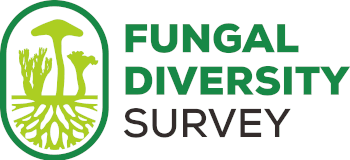DNA Sequencing Grants for FUNDIS Local Projects 2023
Instructions -- update: submission extension to January 31, 2024!!!
Big news! FUNDIS is opening up DNA sequencing again for FUNDIS Local Projects thanks to a partnership with Stephen Russell and his non-profit research lab - Mycota. All of our FUNDIS Local Projects will be eligible to send Stephen specimens for DNA sequencing. Our FUNDIS Volunteer Sequence Validation Committee will then analyze the results and determine the species.
JOINING OR STARTING A FUNDIS LOCAL PROJECT
In order to send us specimens for DNA sequencing you must join or start a FUNDIS Local Project. Only FUNDIS Local Projects are eligible for DNA Sequencing. If you have already done this, fantastic! If not, join or start your own FUNDIS Local Project at fundis.org > Get Started > Join a Project.
CREATING AN ASSOCIATED INAT OR MUSHROOM OBSERVER PROJECT
You will also need to create an associated iNaturalist traditional project or Mushroom Observer project. All collections you are submitting for DNA sequencing need to be documented in that iNaturalist or Mushroom Observer project.
LAND PERMITS AND HERBARIA
We strongly encourage you to acquire collection permits and partner with your local fungarium. If you acquire a collection permit for the land you are collecting on, you will be able to deposit your collections at an herbarium/fungarium (if they have capacity) and researchers will be able to use data from your collections in academic journals. Read more on land permits. Herbarium accession is, of course optional, but it’s something you would be responsible for.
WHAT (NOT) TO SEND
Certain species, genera and groups of fungi are more challenging to sequence, Polypores, bird’s nest, and crusts and very small specimens tend to have higher failure rates. We ask that you don’t send Tylopilus or Helvella since they fail sequencing the majority of the time. Chanterelles will be put in a separate queue. Do not send lichens or slime molds.
Do noy put your mushroom tissue in test tubes. This takes more time in the lab to process specimens. Best practice is to put your mushroom tissue (about the size of a quarter) in a snack or sandwich sized ziplock bag.
DOCUMENTING YOUR FINDS
Take high quality photos of your mushroom specimens when you find them in the field. Make sure your phone’s and the iNaturalist GPS function is turned on so that the photos will be automatically geotagged when submitted to iNaturalist. It is very important to get pictures of the full mushroom, including the base, and close-up pictures of the mushroom details (like staining, bruising, or oozing) and habitat shots. Read all about how to collect and photograph macrofungal specimens for scientific study. Learn about how to use free FUNDIS Field Slips to help keep your specimens organized.
UPLOADING YOUR OBSERVATIONS
Make sure your observations are uploaded to the iNaturalist project or Mushroom Observer project associated with your local FUNDIS project. Remember that to submit your collections to be sequenced they must be uploaded on to iNaturalist. For those who use Mushroom Observer this means making sure you also upload them to iNaturalist.
DRY YOUR SPECIMENS
Dry your specimens at 95-120F until they are cracker dry. This can take a day or more for larger specimens. Learn more about drying specimens
TAG AND BAG YOUR SPECIMENS
Take one dried mushroom from each collection (if it’s a small mushroom) or a quarter sized portion of the fruitbody that includes gills/pores (if it’s a large one) and put it into a snack or sandwich size plastic Ziploc-type bag, and write the iNaturalist number on the bag or on a slip in the bag. Do not send specimens in test tubes.
Help us save time in the lab: If possible, please print out a voucher slip for each specimen with a unique number. This number should be put in the Voucher Number(s) observational field on iNat. The specimens should then be ordered in numerical order for shipment. These steps will save a significant amount of time in the lab.
2023 Voucher Slips
2024 Voucher Slips
LET US KNOW WHAT YOU’RE SENDING
Please fill in this form before shipping your specimens!
SHIP YOUR SPECIMENS
Put these bags a cardboard box and ship them to Stephen Russell. Please email him for the address when you are ready to mail your specimens at steve@hoosiermushrooms.org
Specimens must be sent as a single shipment, before January 31, 2024
GET YOUR RESULTS
Sequences will be generated using Oxford Nanopore equipment and will be posted to Stephen’s website MycoMap within two months of specimen shipment. In the event of sequences failing, the specimen will be retested once.
The FUNDIS Volunteer Sequencing Committee will then take a look at the sequences from your specimens, determine the species and upload the results to iNaturalist or Mushroom Observer. We will also upload sequences to Genbank where scientists will have access to them. All of this will happen within 9 months of receiving your specimens.
FAQ
Do specimens have to be submitted in one shipment?
Yes, please do your best to ship specimens to Steve in one shipment so that he doesn't have to deal with too many packages. Please do not ship specimens in test tubes. Please order specimens in numerical order for shipment.
When do submissions need to be sent in by?
All submissions must be shipped before January 31, 2024.
How many fungal specimens can I send?
There is no specimen limit for these FUNDIS Local Project grants.
Can I send collections that I made in previous years (e.g. 2022, 2021, 2000)?
UPDATE: Sorry, no! Just colletions made in 2023 or 2024. This was a previous mistake. We apologize for any misunderstanding.


